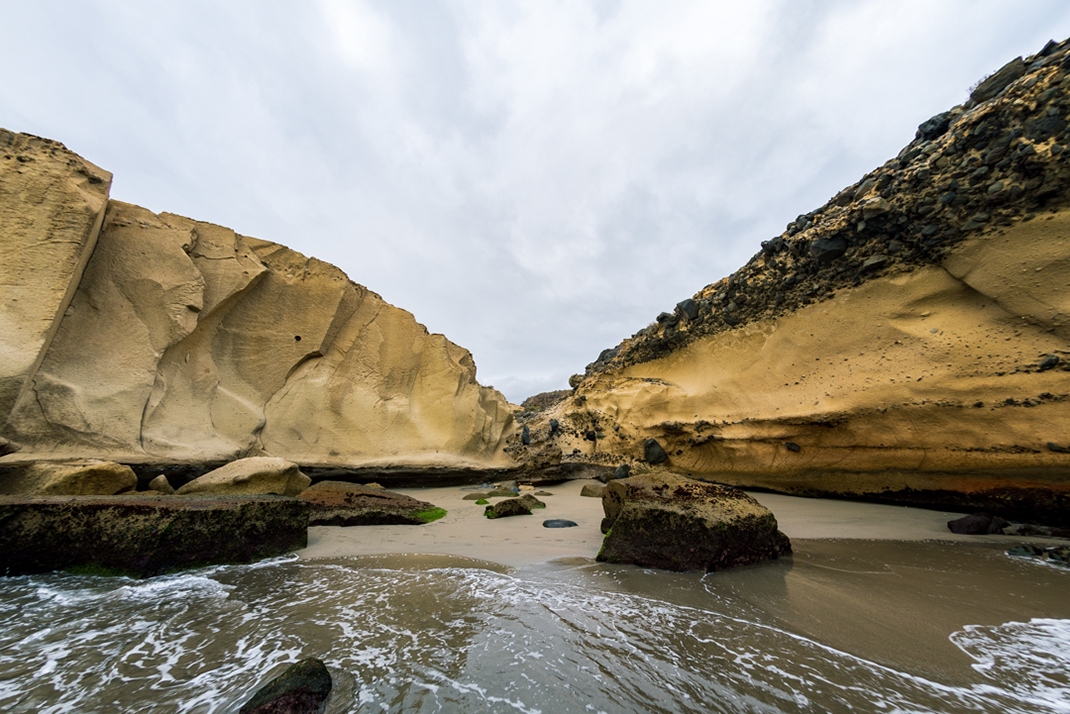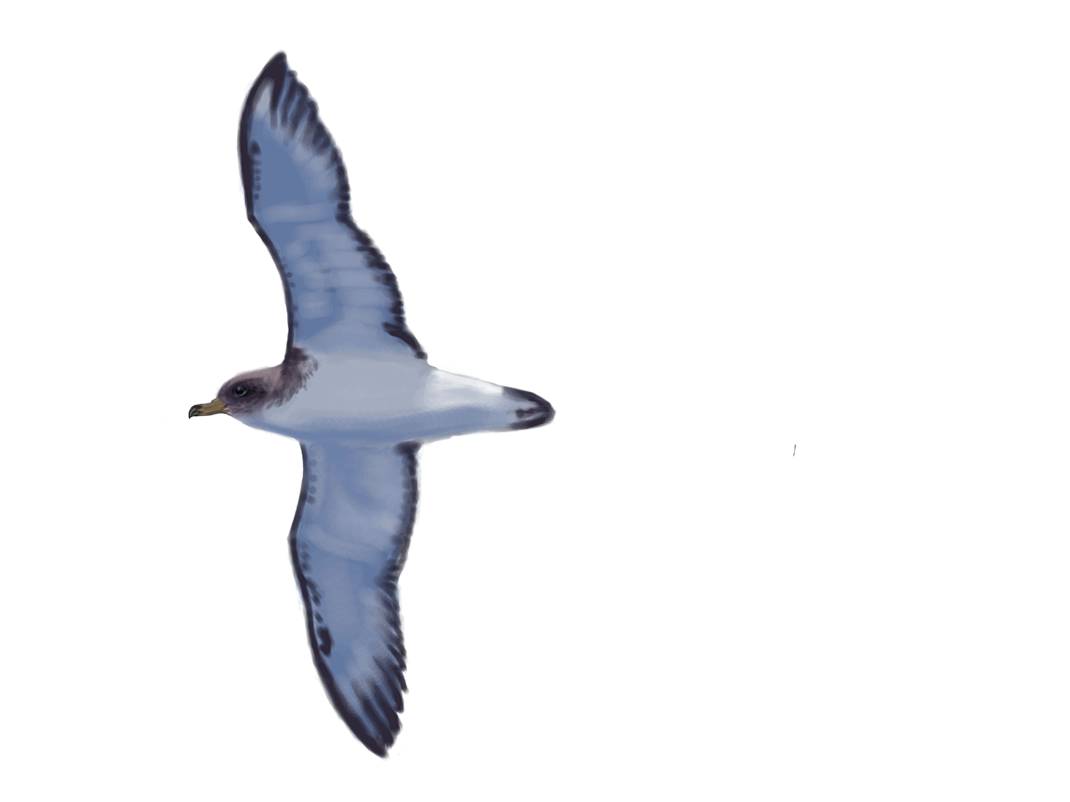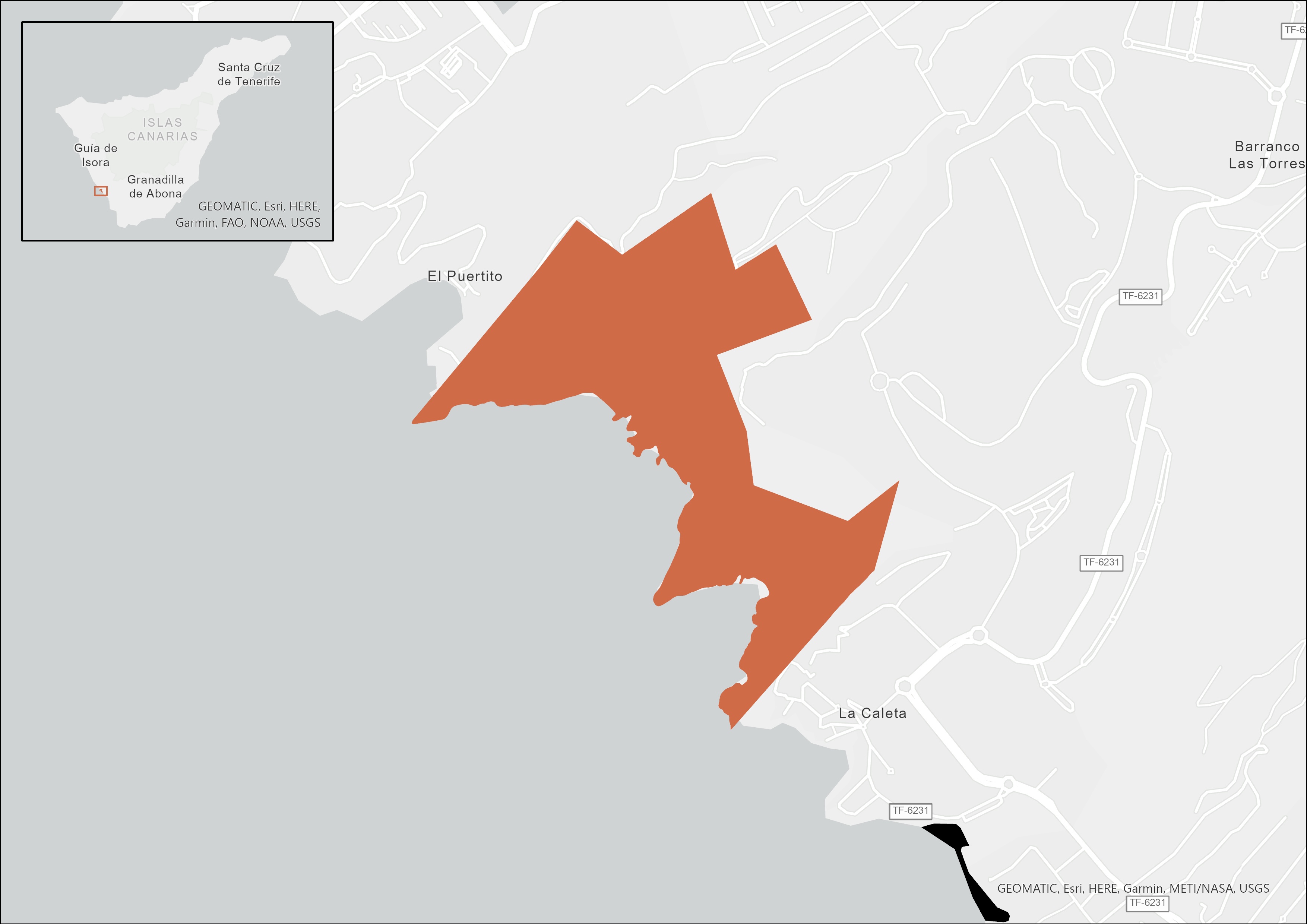Plan your next adventure
Tailor your own route along Tenerife’s trails quickly and easily..
Go to planner
La Caleta is a popular spot, due to its climate and soft, golden sand beaches, although this doesn’t help towards its conservation.
Recommended time to visit: All year-round.
This area is made up of two bays with low coastal cliffs on both sides.
The cliffs are the key feature of the La Caleta landscape. In them you will be able to admire the interesting erosion process that has taken place due to humidity, waves and sea air, the main causes of marine abrasion.

The plants in this natural area have adapted to high temperatures, low precipitation and poorly developed soil with high salinity.
Among the terrestrial animals in this area are the three endemic reptile species: geckos, skinks and Gallot’s lizard (Gallotia galloti).
But the true value of the La Caleta as a natural area lies in the presence of almost 30 bird species:

78.3 ha (0.4% of the island)
Balsam spurge (Euphorbia balsamifera), espino de mar (Lycium intricatum), cardoncillo (ceropegia), cardón (Euphorbia canariensis), cornical (Periploca laevigata), verode (Kleinia neriifolia), balo (Plocama pendula), balillo (Atalanthus pinnatus), aulaga (Launaea arborescens), grand statice (Limoniastrum monopetalum), magarza (Argyranthemum frutescens), gecko, common skink, Gallot’s lizard (Gallotia galloti), Berthelot's pipit, spectacled warbler, grey wagtail, common kestrel, plain swift, long-eared owl.
beach, cliff, ravine, tabaibal.
Playa de Diego Hernández, Playa de los Morteros, Punta de Las Gaviotas.
To consult permits for use and updated regulations for this Protected Natural Area, visit the official website of the Government of the Canary Islands.

Tailor your own route along Tenerife’s trails quickly and easily..
Go to planner